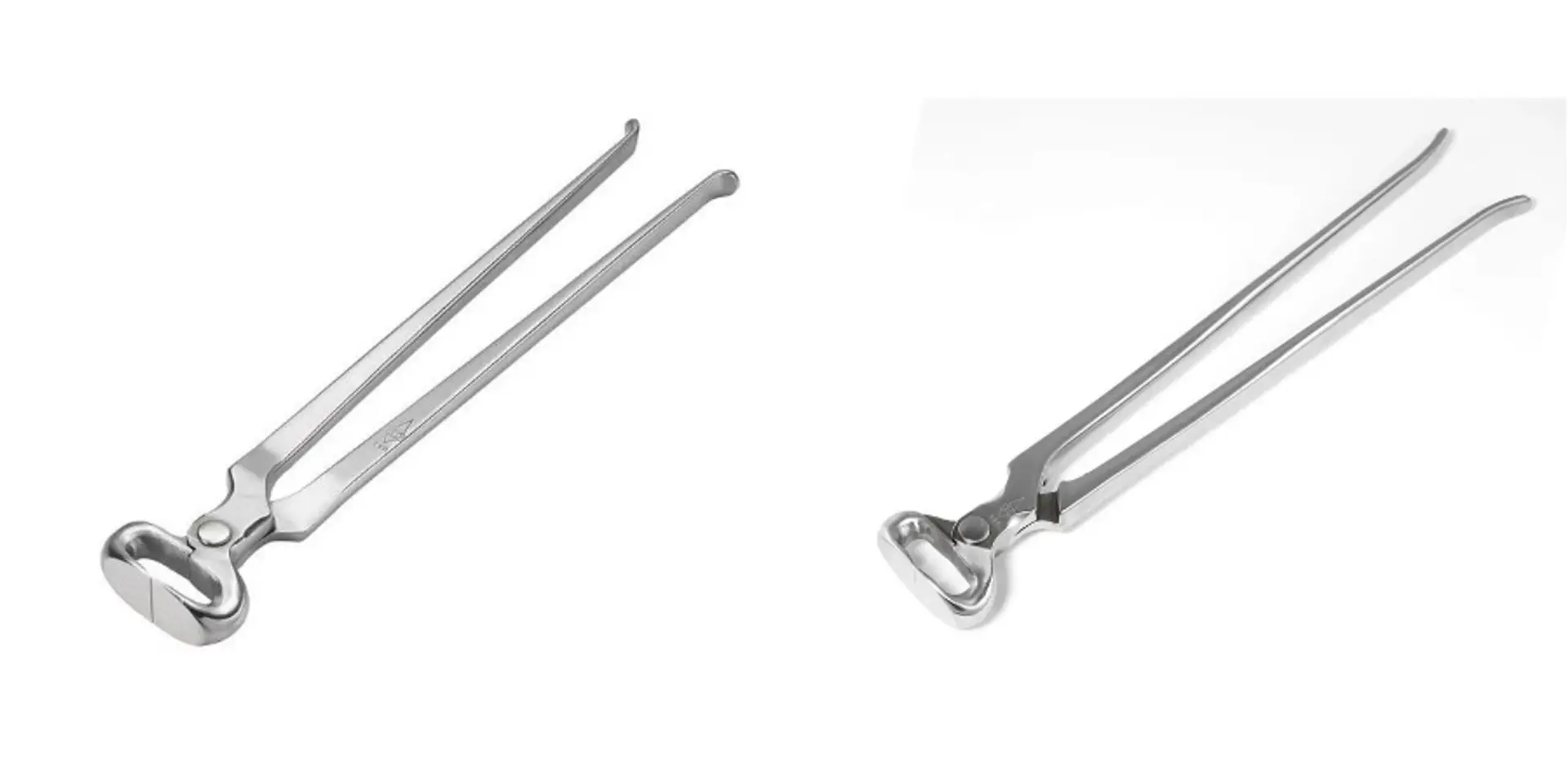

Expert's Guide: Must-Have Tools for Professional Farriers
In the diverse and dynamic world of equine care, farriers play a crucial role in maintaining the health and performance of horses. In Australia, where the equestrian industry contributes significantly to the economy, the demand for skilled farriers is on the rise.
According to a report by the Australian Horse Industry Council, the equine sector supports approximately 1.2 million horses, with thousands of farriers working tirelessly to ensure these animals’ well-being.
With such an extensive number of horses to care for, having the right tools is paramount for any professional farrier.
Farrier is not just about shoeing horses; it is an intricate profession that requires precision, expertise, and the right equipment.
From metropolitan areas to rural regions, Australian farriers face a variety of climates and terrains, which makes having a versatile toolkit even more essential.
The tools a farrier chooses can significantly impact the quality of their work and the health of the horse.
This guide is designed to showcase the must-have tools for professional farriers, offering insights into the best practices and innovations within the industry.
Whether you are an aspiring farrier or an experienced professional seeking to upgrade your toolkit, understanding the essential tools will enhance your craft and ensure the highest standards of care for your equine clients.
10 Must-Have Tools for Professional Farriers
Embarking on a career as a professional farrier requires not only skill and dedication but also the right set of tools to ensure efficiency and effectiveness.
Here is a comprehensive list of must-have farrier tools that every farrier should consider for their toolkit:
Rasp
A rasp is an indispensable tool for any farrier, used for smoothing and leveling the hoof wall. It is essential for shaping the hoof and removing any excess horn material. A high-quality rasp should have a coarse side for rapid material removal and a fine side for finishing work.
Hoof Knife
This specialized knife is used to trim away excess sole and frog, clean out the hoof, and perform precise cuts. A sharp, durable hoof knife is crucial for maintaining the health of the hoof and preventing any potential issues such as thrush or abscesses.
Nippers
Hoof nippers are used to trim the hoof wall and come in various sizes to accommodate different horse breeds and hoof sizes. They should be made of high-quality steel to ensure durability and precision during the trimming process.
Anvil
A portable anvil is vital for shaping and modifying horse shoes on-site. The anvil should be sturdy and well-sized to accommodate different sizes and types of shoes. A good anvil allows farriers to make quick adjustments and customizations to fit the horse’s unique needs.
Hammer
A farrier’s hammer, or driving hammer, is used for driving nails into the hoof to secure the shoe. It should be well-balanced and comfortable to hold for extended periods, enabling precise nailing without causing damage to the hoof.
Hoof Stand
A hoof stand provides a stable platform to rest the horse’s hoof, making the trimming and shoeing process easier and safer for both the farrier and the horse. It helps to prevent strain on the farrier’s back and allows for better access to the hoof.
Shoe Pullers
These are used to remove old or damaged shoes without causing injury to the hoof. A good pair of shoe pullers should have a strong grip and be easy to handle, ensuring the shoe can be removed smoothly and effectively.
Clincher
After nailing the shoe in place, a clincher is used to bend and secure the nail ends against the hoof wall. This tool ensures that the nails stay in place and that the shoe remains secure during the horse’s activities.
Apron
A protective apron is crucial for any farrier to protect against sparks, sharp tools, and dirt. It should be made of durable material and include pockets for easy access to tools during work.
Hoof Gauge
A hoof gauge helps in measuring the hoof angle and ensuring proper balance and symmetry. This tool is essential for assessing the hoof’s condition and making necessary adjustments to promote optimal hoof health.
Having these essential tools not only enhances the quality of work a farrier can deliver but also ensures the health and performance of the horses they care for.
Investing in quality tools will pay dividends in the long run, providing the reliability and efficiency needed in this demanding profession.
Whether working in the bustling cities or the serene countryside of Australia, having a well-equipped toolkit is the hallmark of a professional farrier dedicated to excellence.
Related Posts
© 2025 Invastor. All Rights Reserved

User Comments